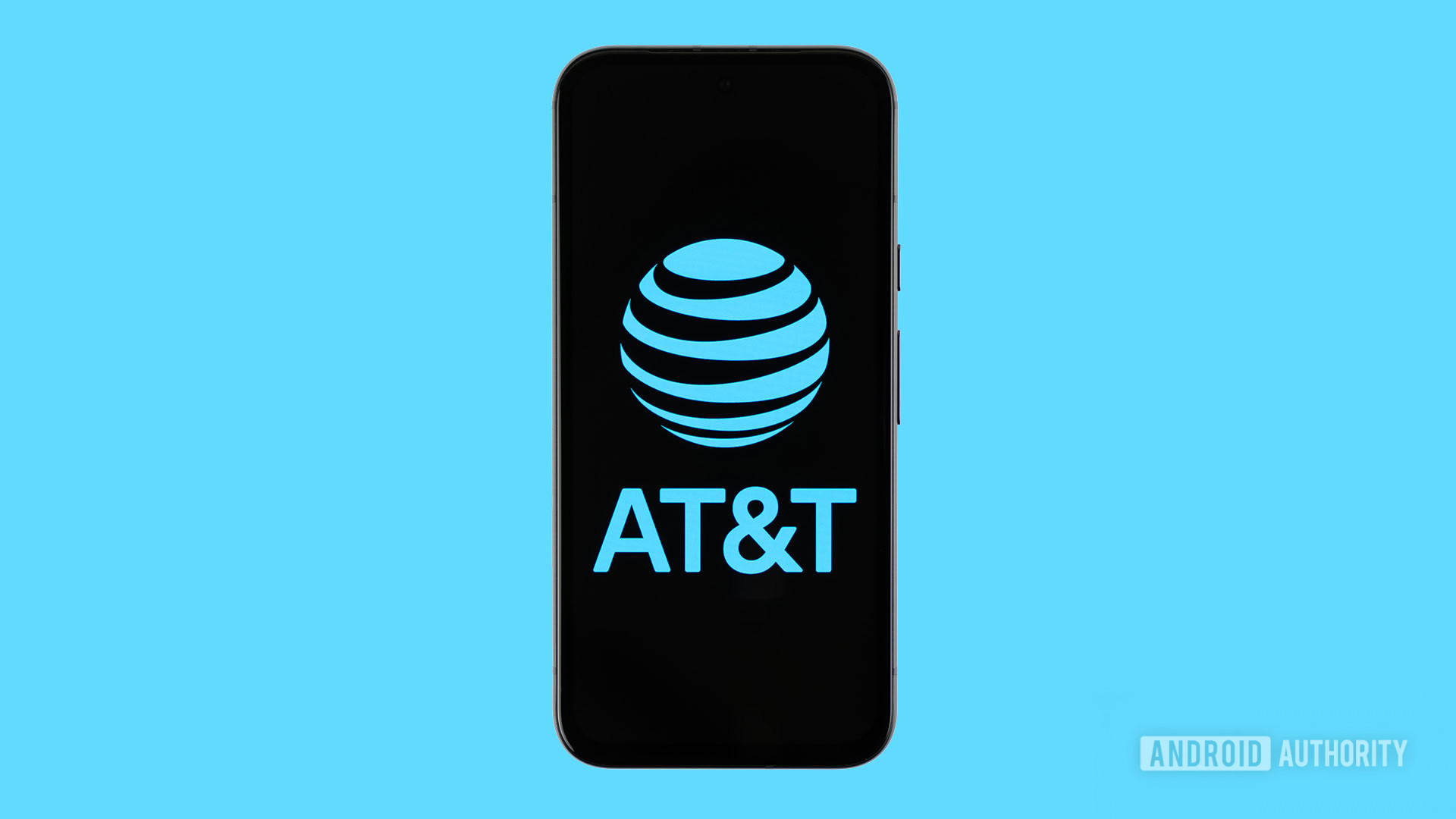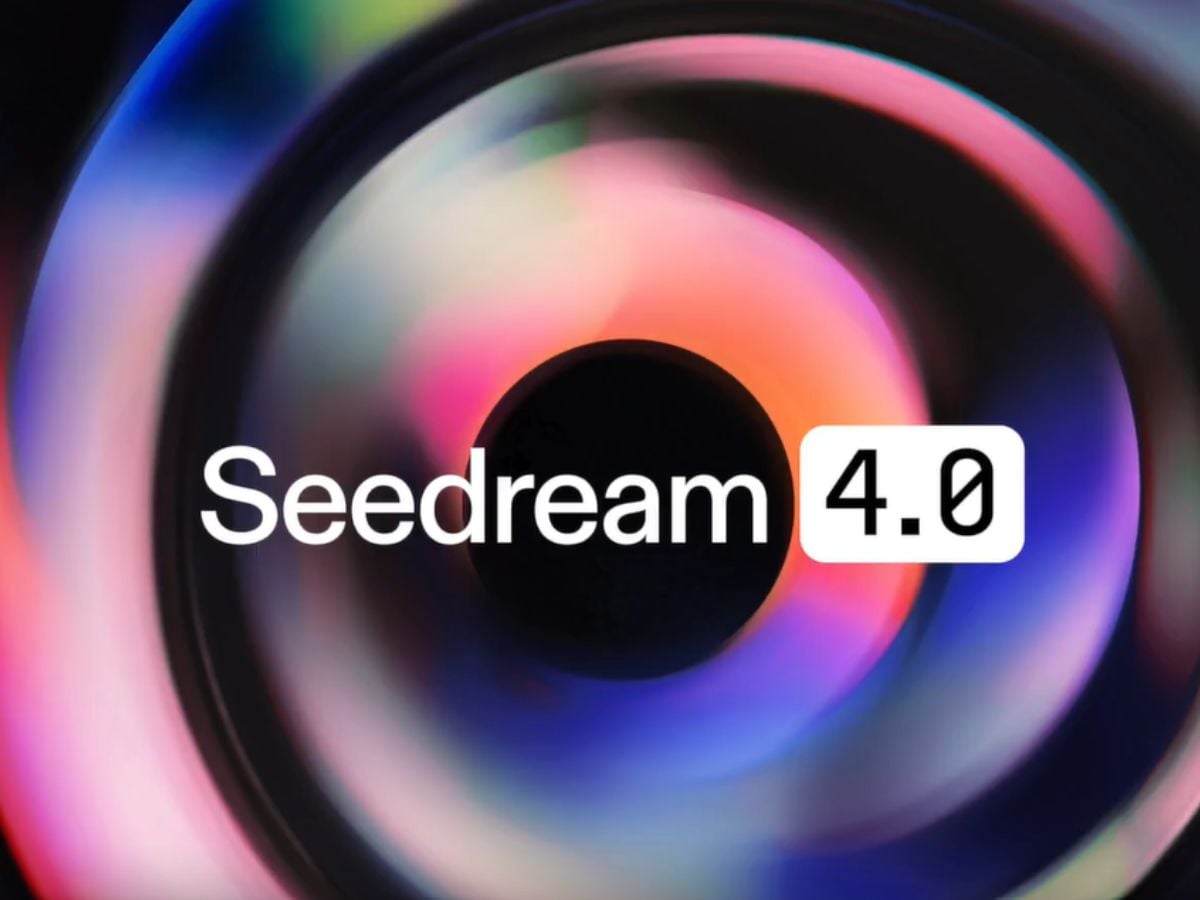Customer service is one of the most susceptible departments of being replaced by AI agents, as we have seen in recent months.
Although the experiment has not gone well to some of them, other companies keep their chatbots as the first line of customer service. As they counted in Bloombergthat is generating an unusual situation when those who attend to customers are human of flesh and blood: they are confused with an AI and are forced to constantly demonstrate that they are real people.
AI in the call-centers. Although the recent movements of the great technological ones pointed out that the customer service departments were going to be the first to notice the impact of AI on employment, the truth is that, according to data from the Gartner consultant, 95% of the companies surveyed were intended to keep their human operators on the payroll. Others, on the other hand, are depositing their confidence in centers based on chatbots to serve their customers.
That does not mean that AI and natural language processing systems (PLN) are not used in marketing campaigns. That has made customers doubt whether who attends them are really human operators. “I tell you: ‘I swear, I’m a real person,” he said Bloomberg Lindsey, an operator dedicated to customer service and sales of American express credit cards. “I even ask them: ‘Is there anything they want to say to prove that I am a real person?”
Amazon CEO has put the cards on the table: "We hope that the AI will reduce our total workforce in the coming years"” width=”375″ height=”142″ src=”https://i.blogs.es/cacf21/amazon-y-la-automatizacion/375_142.jpeg”/>
We no longer know what is true. In many cases, the AI does not replace the operator in its role as final customer service, but acts as technology to redirect calls, so, when they reach the human operator, the client has already had to deal with an AI. Lindsey says that sometimes the clients ask “you are an AI?” Other times, they simply start shouting for talking to an operator or hanging directly.
Nir Eisikovits, Professor of Philosophy and director of the Applied Ethics Center at Massachusetts, pointed out in The Conversation That the current ability to talk about AI models is just an advance of the efforts of companies that develop this technology to imitate humans in the rhythm or tone of voices. “The inability to distinguish whether you are talking to a human or not only will go more,” making it much more complicated to distinguish whether a client is talking to an AI or a real human.
Sales scripts do not help. Sales techniques used by human operators do not help when distinguishing them from an AI. The call centers sector has evolved a lot since its birth in the 60s. Now the operators are monitored to control the conversation time and ensure that sellers follow a certain scripted structure for the entire sale process. In that script it is indicated from the tone in which they must go to the client, lists of words of obligatory use or prohibited, etc. All this cornering in communication, with predefined responses and protocols, does not help the client to distinguish whether there is a person or an AI on the other side.
“It seems to me a compliment that I think I am professional enough to sound like a recording,” said BJ, a computer support agent. For his part, Seth, Lindsey’s partner offering American Express services, said that at least they ask if it’s an AI once a week.
On one occasion, a client was questioning him for 20 minutes to check if it was an AI, asking him about his hobbies, if he liked to fish in his free time and what kind of cane he used “it was as if he wanted to see if he failed. At some point, I even felt that it was an ia trying to learn to be human,” said the telephone operator.
What makes us human. The sense of humor is perceived as an intrinsically human feature, closely linked to intelligence, social context and the domain of language inflections to fit their meaning in a joke or joke. Therefore, humor is a resource that some operators use to confirm that they are human. Faith Lau, who works in an AI sales company in Canada, said that the first time they confused her with a bot she answered telling the customer’s joke. What perhaps his client did not know is that an AI is also able to count jokes.
Sarah’s strategy, which works in the US government anti -fraud, is much more visceral. “When I interact with an AI, it simply lets me speak, it does not interrupt me,” says the operator, for that reason when someone asks him to show that he is human, he tries to interrupt everything he can when they insist that he is not human. Certainly, there is nothing more human than someone interrupts you while you talk.
In WorldOfSoftware | We have tried Sesame’s conversational. It is the experience closest to a “human voice” that we have seen
Image | UNSPLASH (VAGARO)












